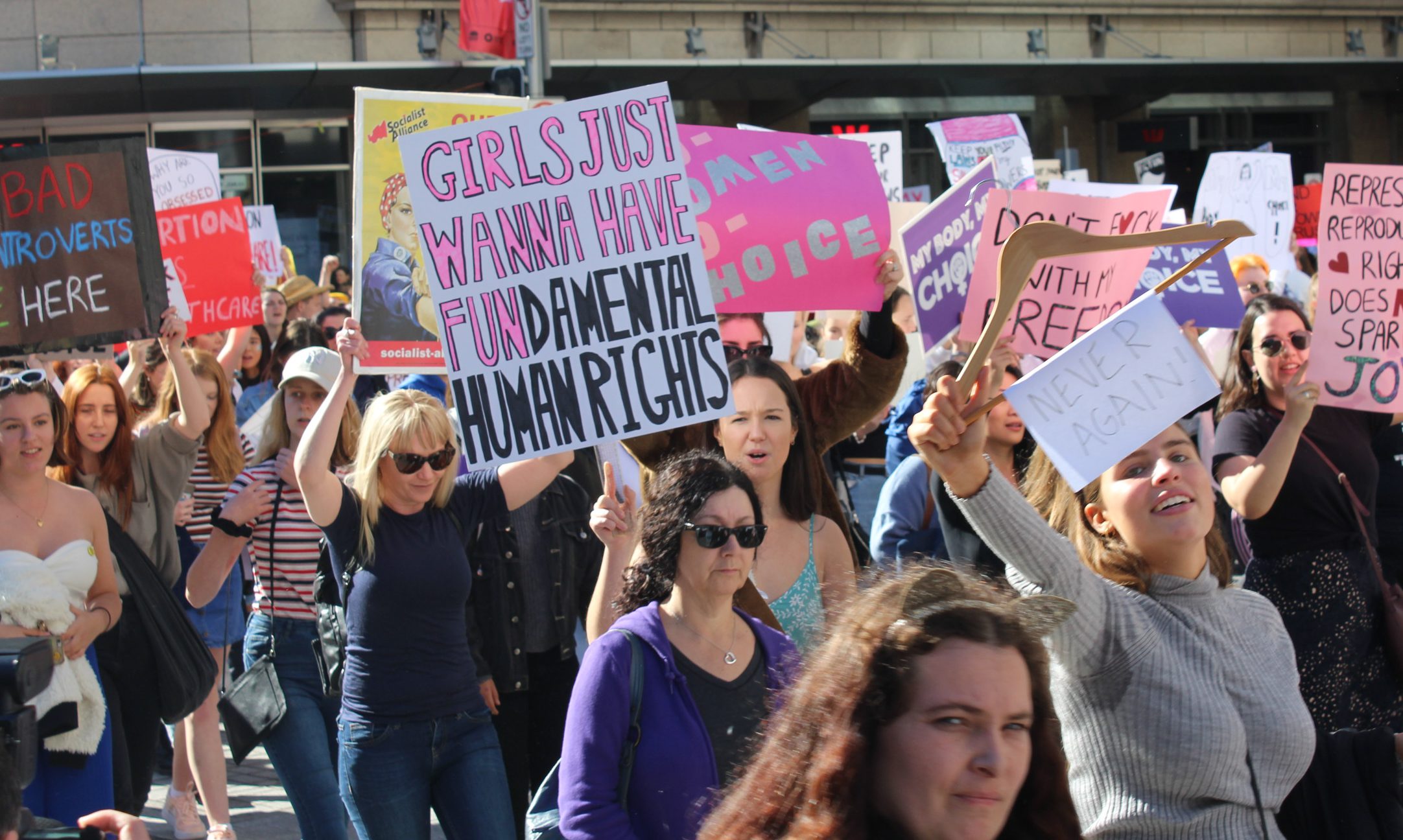The Abortion Law Reform Bill finally passed the New South Wales Parliament this morning, following months of contentious discussion and one of the longest debates in state history.
The original bill was hotly contested by a number of Members of Parliament, but a series of amendments allowed the bill to pass the Upper House late on Wednesday night with 26 votes to 14.
The original bill, which was titled the Reproductive Healthcare Reform Bill, worked to decriminalise abortion by removing it from the Crimes Act, making abortion legal within the first 22 weeks of pregnancy.
It also allowed abortion beyond 22 weeks if two medical practitioners agreed that, in all circumstances, a termination should be performed.
This will ensure any threat to the health and safety of the mother during the pregnancy can be adequately addressed.
However, a series of amendments were proposed and accepted in order for the bill to gain enough support to pass.
Mark Raymond Speakman, the Member for Cronulla, proposed that the Bill be amended to state that a medical practitioner may perform the termination only if the person has given informed consent to the termination.
However, this does not apply in cases of emergency, where it is not practical to obtain the person’s informed consent.
Eleni Marie Petinos, the Member for Miranda, put forward that individuals seeking a termination should be offered counselling services.
This amendment was also accepted, with the bill now including that before a termination is performed, a medical practitioner must assess whether or not it would be beneficial to discuss with the person accessing counselling about the termination.
If found to be beneficial, and the person was interested in receiving counselling, a medical practitioner must then provide information about where to receive this service.
Another widely discussed issue across the debate was gender-selective abortions.
Gender selective, or sex selective, abortions are common in highly patriarchal societies where the birth of a son is often preferable to a daughter.
There is no evidence that people are practicing gender selective abortions in Australia.
However, Tanya Davies, the Member for Mulgoa, and Leslie Williams, the Member for Port Macquarie, both voiced concerns that the bill would allow this practice and demanded that measures be taken to avoid sex selective abortions.
As a result, the Bill now contains a subsection titled ‘Review in relation to gender selection’, that states that ‘the Secretary of the Minister for Health must, within 12 months after the commencement of the section, conduct a review of the issue of whether or not terminations are being performed for the purposes of gender selection’.
This review must then be reported on, with copies passed on to the presiding officer of each House of Parliament.
Finally, amendments were added to ensure the protection of medical practitioners who conscientiously object to performing abortions.
Those with a conscientious objection must give information to the person seeking a termination on how to locate or contact a medical practitioner who does not have the same objections, and then transfer the care of the person to someone who can help.
– @erinchristie2


